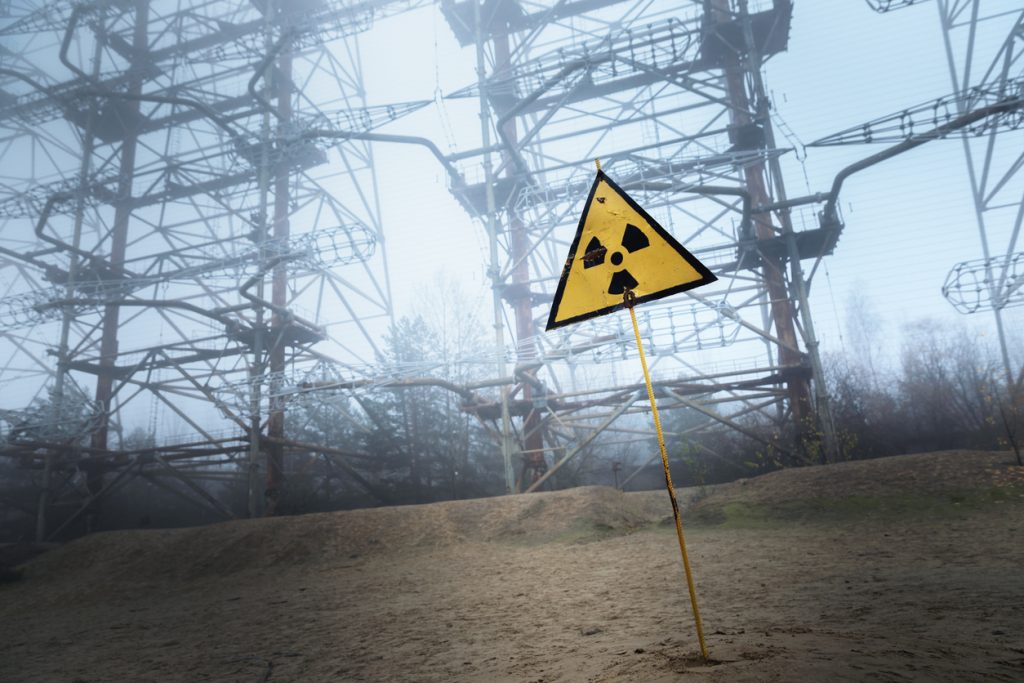It may seem like fiction, but this genre of tourism has been around for some time. There are a number of tourists who travel the globe in search of holiday destinations scarred by tragedies, catastrophes and deaths. Dark tourism has been around forever, but now with the success of series like HBO’s Chernobyl, it’s become extremely popular. Visiting the surrounding area of an ill-fated nuclear centre doesn’t sound very motivating, but there are now dozens and dozens of companies offering radioactive tours.
Fascination with death and tragedy is an ancient phenomenon. Both the Roman circus and deaths by guillotine during the French Revolution attracted huge followings, which in turn led to triumphant reviews and larger audiences. In seventeenth-century England, large numbers of people paid money to watch public executions.
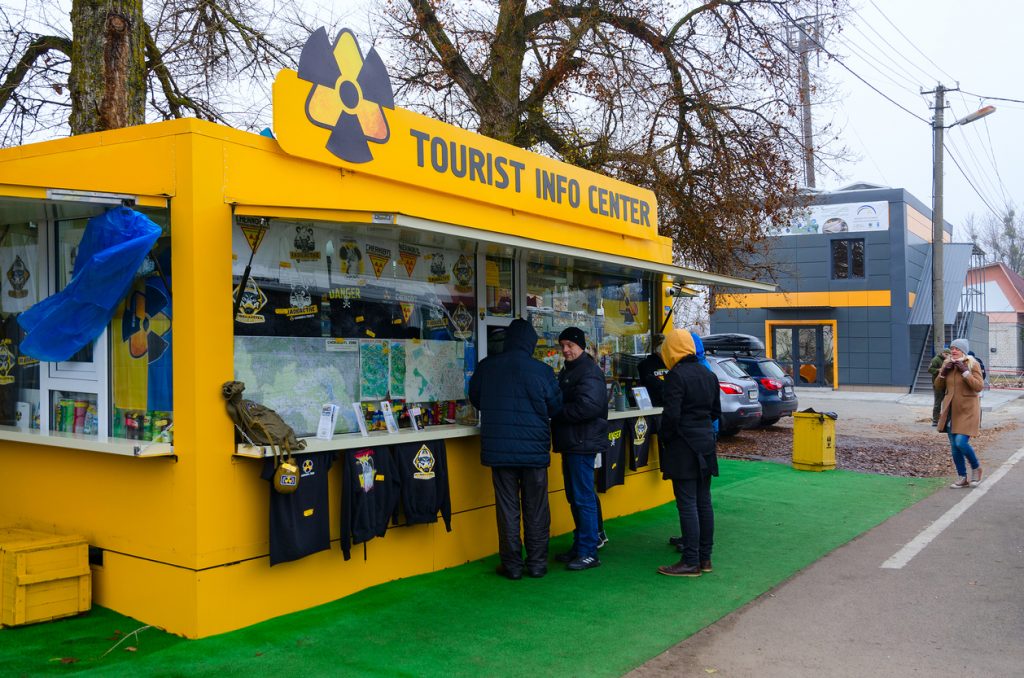
People have always been intrigued by the idea of death and the morbidity it implies. If we combine this ancestral pleasure with the tourism boom in the 20th century, we find a new product to be exploited by tour operators – dark tourism.
At this point, you’re probably wondering what we’re talking about. So, we’re going to show you a few examples so you can get an idea of the concept.
We’re talking visiting places like Chernobyl and its surroundings (Pripyat), Fukushima, Mauthausen, Alcasser, Puerto Hurraco, Alcatraz and many others.
What lies behind the dark tourism concept?
Many people see the concept as somewhat a contradiction as it mixes the image of tourism, which we see as an activity related to pleasure and enjoyment, with pain, suffering and death.
It’s a complex phenomenon that can be interpreted in many different ways when we see what makes tourists choose a dark tourism destination.
There are two aspects to this type of tourism. The first embraces those with a soft spot for all things deathlike and the second type approaches subjects such as tragedy or genocide to show respect and honour for the victims. In addition to this, it can be seen as providing pedagogical work with society to raise awareness of the issues at hand and avoid them from happening again.
It can also result in less picturesque situations, with visitors to a Mauthausen concentration camp posing for disrespectful and thoughtless photos in a place of important historical significance.
Other reasons are more bizarre; tourists who enjoy the suffering of others or those who visit a place just to know that someone got their just deserts.
This type of dark tourism also includes places in more popular destinations such as unused prisons, torture museums, graveyards, or sites of historical catastrophes like Pompeii.
Some of the most popular destinations
Chernobyl is probably one of the best examples of this type of tourism. Who in their right mind would want to go sightseeing in a nuclear fallout zone?
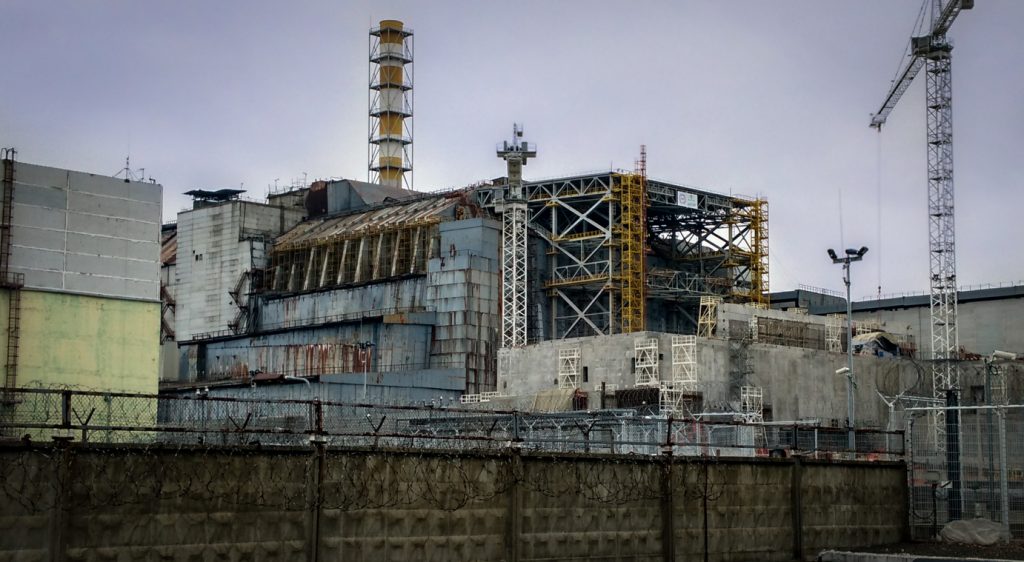
HBO’s highly acclaimed mini-series has also boosted the area’s popularity, with TV fans and tourists flocking to the ghost town of Pripyat and the exclusion zone.
Although the series explains in detail the terrible consequences the nuclear accident left on the people and the land, it has also sparked a rise in tourism.
There are several websites where you can find a three-day trip to Chernobyl with accommodation at a four-star hotel and a tour of the place for around €300. Pripyat opened up to tourism in 2011, and the number of people visiting continues to grow year after year.
Kiev Tourism Board expects to receive 100,000 visitors this year, up from 72,000 in 2018 and 50,000 in 2017.
According to the board’s data, HBO’s smash hit series has led to an increase of 48% in the number of visitors over the previous year. It sounds rather bizarre, but the scene of the worst nuclear accident of all time and one of the most toxic places on the planet is receiving more and more tourists each year.
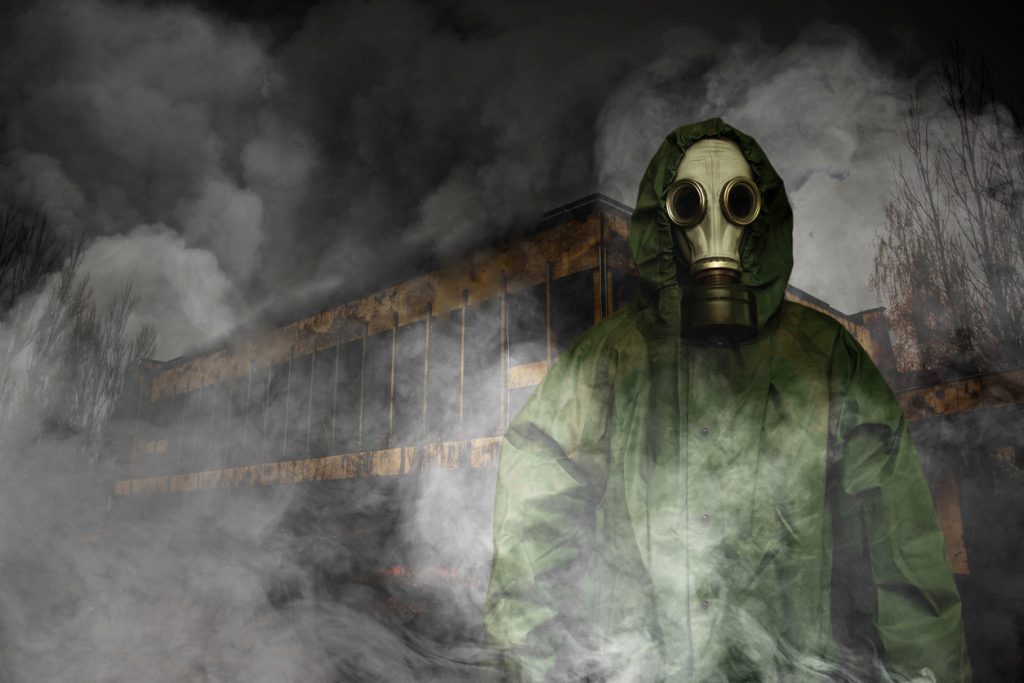
In fact, for about €400, you can enter the most restricted area with a special radiation suit and a Geiger counter to measure radiation levels. This is absolutely insane, but it’s real.
More representative examples can be found along the Mexican border in the U.S. with an immersive re-creation of what it’s like to cross into America illegally as a migrant.
Then, there’s the Helter Skelter route, which runs through Beverly Hills and offers morbid tours of some places where Charles Manson and his followers murdered their victims.
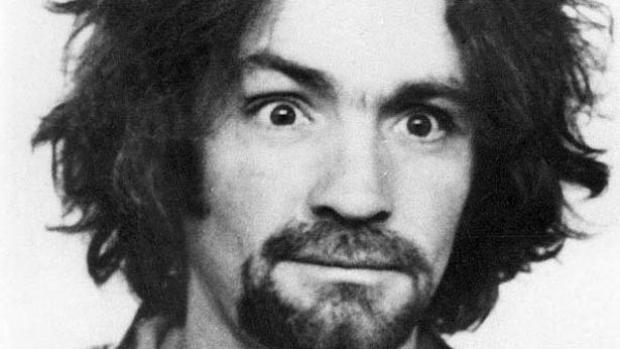
Narcos tours are also big in America. In Medellin tourists can visit Pablo Escobar’s old stomping ground and see where the notorious druglord carried out his massacres and murders. All this is also driven by the success and mass consumption of the Netflix Narcos series.
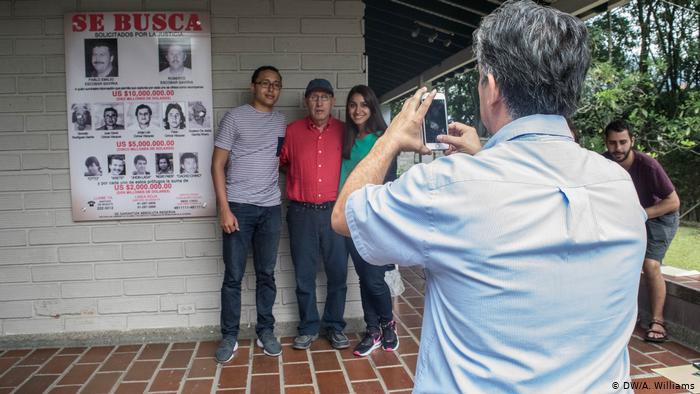
The guided tours of the Tham Luang caves, where members of a junior Thai football team were trapped, or the scenes of terrible killings and genocides in Rwanda and Cambodia are other creepy examples of dark tourism. Places where humankind has shown its worst side, and are now transformed into tourist destinations.
Spanish examples
Spain offers a number of sites in this category, although the data is somewhat confusing. One of the most outstanding dark destinations is Puerto Hurraco in Badajoz. A place marked by the tragedy and death of several members of the same family due to a family feud in 1990. The events in the village were also brought to the big screen in the film El 7º día directed by Carlos Saura in 2004.
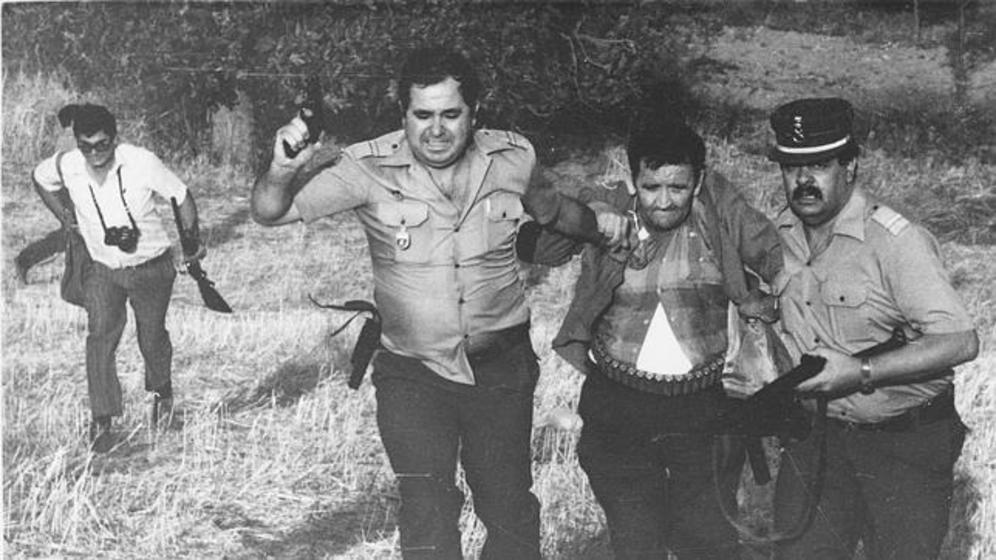
Spain is also noted for the fondness of tourists to visit the sites of notorious crimes like the Alcássers murders in Valencia, where three teenage girls were tortured and murdered.
This crime marked a before and after in the way the media treated this type of events and showed the very worst of the Spanish television industry showing extremely morbid coverage of the abomination.
Visits to the Valle de los Caídos or scenes of the Spanish Civil War like Belchite (Zaragoza), Guernica (Vizcaya) or Corbera d’Ebre (Tarragona), which all witnessed bloody battles also fall into this category of tourism.



